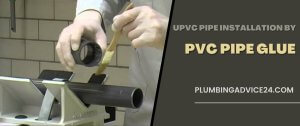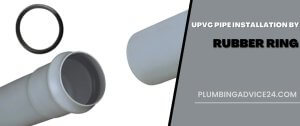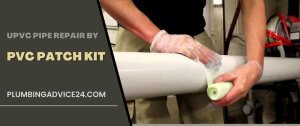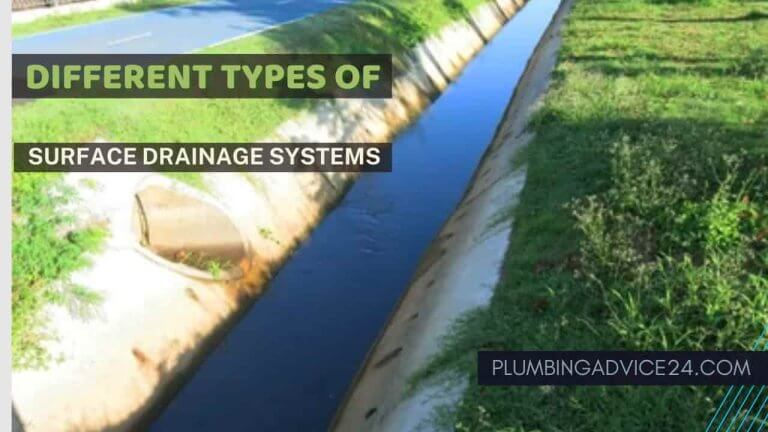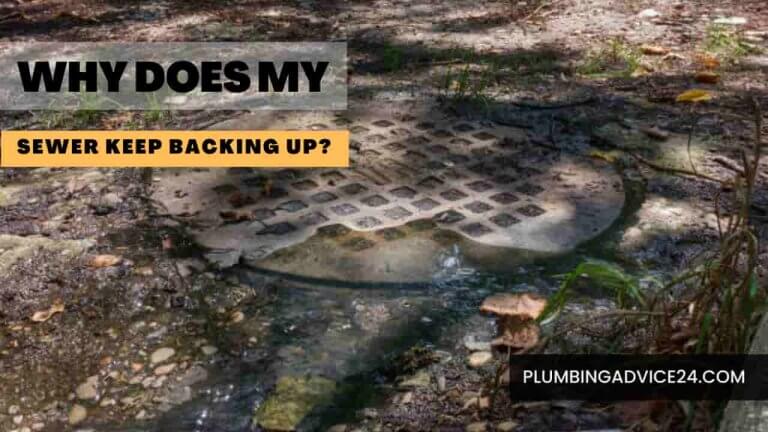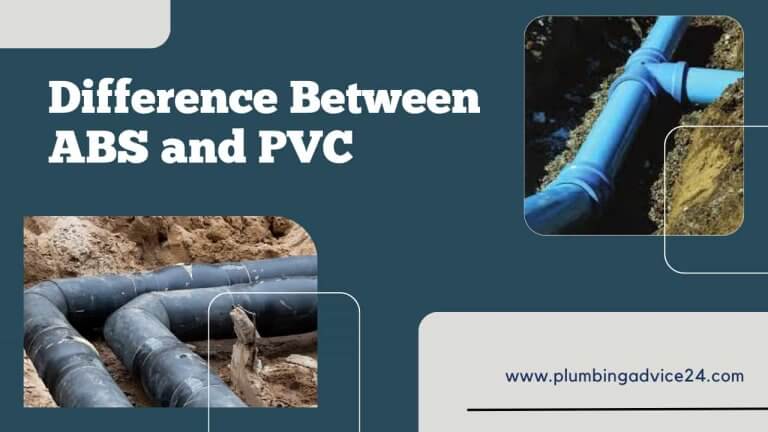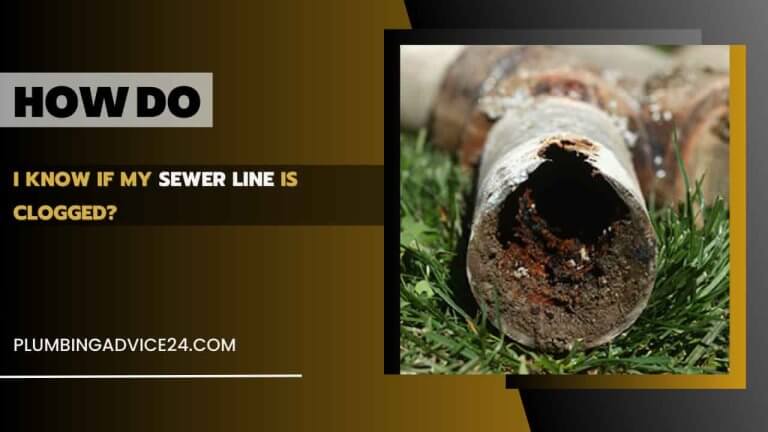Install and Repair uPVC Pipe
UPVC pipe is a pipe made from unplasticized polyvinyl chloride. This pipe is a type of PVC (polyvinyl chloride) pipe. These pipes do not contain ingredients like phthalates and BPA (Bisphenol A), avoiding adding them to UPVC, which makes it tough and rigid. In this chapter, we will discuss how to install and repair uPVC pipe.
How to Install uPVC Pipe?
uPVC pipes are manufactured in pars ethylene kish felt, screw, thread, glue, and wax models, each of which is used according to their application. These pipes are used for transporting liquids without pressure or with low pressure, and for this class of work, normal connections are used, but for high-pressure liquids, it is important to use a weld joint.
U-PVC pipes are not used in buildings today and are very reliable pipes for drainage applications, and most pipes and drainage systems are made of uPVC pipes. There are generally two types of joining UPVC pipes, PVC Glue Joint and Rubber Ring Joint. So let’s see how uPVC pipe can be joined with different types.
Installation of uPVC Pipe by PVC Pipe Glue
- First, clean the uPVC pipe with a clean cloth, and clean the ends where the joint is to be made, inside and out.
- Measure the length of pipe you need by measuring from the inside of the socket of one fitting to the center of the next required fitting.
- Cut the uPVC pipe using a hacksaw, plastic pipe saw, or power miter. Make sure the pipe is cut square to allow maximum access to the fitting.
- Mark the length to be glued on the smooth end of the pipe according to the depth of the socket.
- Apply an even and sufficient layer of PVC pipe glue with a brush to the entire surface of the pipe and to the inside of the socket. Do this quickly; if the glue dries, you will have to repeat the process.
- While the glue is still wet, firmly insert the pipe into the fitting while turning the pipe a quarter turn.
- Hold the pipe in the fitting for a few minutes until the glue sets.
- Wipe off excess glue from the attached area.
- Do not move the system from that location until the joints are set.
Installation of uPVC Pipe by Rubber Ring Joint
- Clean the inside and outside of the joints of pipes and fittings with a clean cloth.
- Set the rubber ring in the groove of the fitting.
- Assess the full socket depth by simple measurement and mark the spigot accordingly.
- Apply lubricant to the outside of the spigot and the inside of the joint to the rubber.
- Exact axial alignment of the spigot and socket before jointing is important; insert the spigot into the rubber joint until resistance is felt by hand feed until the inner sealing section is felt.
- Prevent damage by ensuring that the joint is complete by applying leverage and following the socket end using a timer block.
Note: Before installing the uPVC pipe, keep the following points in mind.
- Areas where racks are not provided for the temporary storage of pipes, shall be level and free from loose stones.
- Pipes should be stacked to prevent the movement of pipes.
- UPVC pipes should be covered with polythene sheets or similar material to protect them from direct sun rays.
- Make sure the pipes are free of dust and damage before installation.
Must Read : How Many Types of PVC Pipe | Difference Between Schedule 40 and Schedule 80 PVC Pipes And DImension
How to Repair uPVC Pipe?
Despite the many advantages of uPVC pipes, we have to understand that there may come a time when uPVC pipes may leak. A leaking uPVC pipe must be repaired; otherwise, it can cause damage to other properties in your home. So let’s see the steps to repair uPVC pipe.
- If you have a cracked Upvc pipe, first turn off the water supply to your pipe. Then open all the taps in the house, so that all the water in the pipes comes out and you can work easily.
- Cut out the damaged part of the uPVC pipe using a hacksaw or a PVC cutter. Make sure you leave enough Upvc pipe intact to re-attach it later.
- Then, clean the area around the leak. Use a scrub brush and some soap and water to remove dirt or debris from around the leak.
- You need to apply a PVC patch kit to repair the uPVC pipe. These kits contain everything needed to fix the uPVC pipe, including primer, cement, and patches. Follow the instructions included with the kit to properly apply the patch.
- Once the patch is dry, you can turn the water back on and test for leaks. If there are no leaks, your uPVC pipe repair is complete! However, if the leak is still present, you may need to replace the entire section of the uPVC pipe.
Note: If your uPVC pipes are old or have tree root damage, it may be time to replace them altogether. You can contact a uPVC pipe repair company to get a quote for uPVC pipe replacement. uPVC pipes are an essential part of your home’s plumbing system and should be repaired or replaced as soon as possible if they get damaged; otherwise, they can cause damage to your home’s property.
Must Read : How to Repair PVC Pipe | 5 Ways to Repair PVC Pipe | PVC Pipe Repair Without Cutting
Why Are uPVC Pipes Preferred Nowadays?
uPVC pipes are mineral resistant, corrosion-proof, and withstand the effects of hardware conditions. Therefore, these pipes do not corrode or scale. These pipes offer high strength and UV resistance.
Can uPVC Pipes Be Used for Drinking Water?
uPVC Pipes render it the best choice for Drinking & Cold Water Flow. uPVC Pipes behave neutrally irrespective of the nature of their carrier fluid and since they are completely odorless and tasteless, which makes them the safest bet for drinking water transportation.
What Does PVC-U Stand For?
uPVC stands for unplasticized polyvinyl chloride; it is a strong and low-maintenance but lightweight plastic building material.
What Is the Most Commonly Used Joint for uPVC?
Two common types of uPVC pipe joints are as follows:
- Solvent Cement Joint.
- Z Joint/Rubber Ring Joint.
What Can I Use to Seal a Leaky Pipe?
Use epoxy putty or pipe putty as a temporary fix to a leaky pipe. Pipe putty is designed to harden at room temperature and seal the hole or crack.
Can Silicone Be Used to Stop Water Leaks?
Silicone is one of the most frequently used sealants to achieve a waterproof, protective joint seal. The flexible, rubbery plastic has high heat resistance and low toxicity, making it an ideal sealant choice for plumbing pipes, aquariums, ships, and other metal fabrication projects that require a watertight seal.
Can You Duct Tape a Leaking Pipe?
Duct tape and electrical tape can be used for leaking pipes. Take care to cover the entire leak. Also, make sure the tape makes good contact with the pipe so no pockets form where water can gather. This might cause the tape to lose its grip.
If You Liked This Post? So Share It with Your Friends
Suggested Articles:
- What is CPVC Pipe | CPVC manufacturing process | Applications of CPVC pipes | CPVC Pipe Cost And Advantages-Disadvantages
- What Is Plumbing Pipe Materials | What Is Used to Make Plumbing Pipes
- What Is Plumbing Pipe | 22 Different Types of Plumbing pipes
- How to Install PEX Pipe | How to Repair PEX Pipe
- How to Install Copper Pipes | How to Repair Copper Pipe
- Polybutylene Pipe Problems and Their Solution-Complete Guide
- Lead Pipe Poisoning Hazards and Solutions



